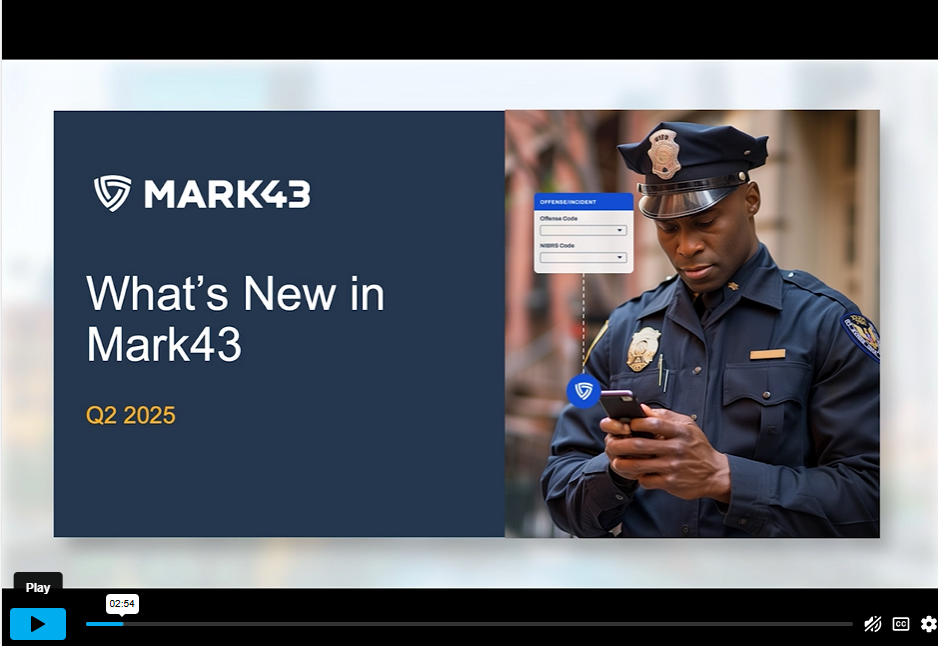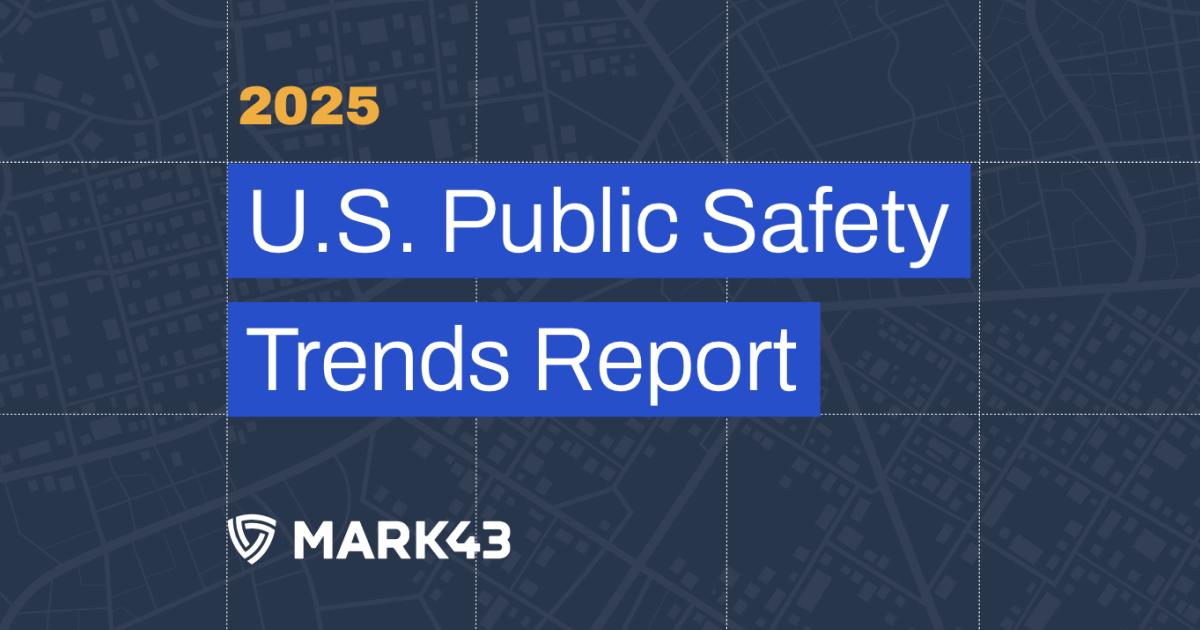
California faces unique public safety challenges, from earthquakes and wildfires to rising cyberattacks. Local public safety agencies need reliable technology to protect communities during emergencies.
In August 2024, we heard from California residents about public safety and the need for resilient, modern technology. A new survey showed a strong majority urging local police to invest in modern solutions to enhance disaster readiness, cyber defense and community safety.
These insights highlight an important call to action. Here are three key takeaways from the survey reflecting the perspectives of California residents:
1. Urgent Call for Resilient Technology:
- 88% of California residents believe their local public safety agencies should invest in modern public safety technology, with 82% supporting technology to return officers to the community and away from desk work.
- Real time data sharing is a priority for Californians with 81% expressing concern if their local public safety agency uses outdated software that doesn’t update in real-time and 89% believe modern technology can help with emergency response.
- While 78% have been concerned about natural disasters in the past year, 68% are more concerned about man-made disasters like cyberattacks. Nearly 73% fear cyberattacks on public safety data, leading to delayed 911 response (60%), confidential data being exposed (54%) and loss of trust in public safety (45%).
- Earthquakes are California residents’ leading natural disaster concern, with 76% reporting they worry about earthquakes affecting their first responders’ ability to respond rapidly and effectively. And 87% would feel safer if their agencies used cloud-native technology that can’t be wiped out by disasters.
- Earthquakes are a major concern in both the Bay Area and LA County. Cyberattacks are the top concern for the Bay Area (70%) and LA County (69%) residents and 89% of Bay Area residents and 86% of LA County residents would feel more secure with cloud-native technology that can’t be wiped out by extreme events during dispatch and recovery efforts.
Mark43 was born and operates in the AWS GovCloud to provide our customers with the highest level of resilience and security against natural disasters, cyberattacks and power outages. Our cloud-native computer-aided dispatch (CAD) and records management system (RMS) are designed to meet critical needs during time-sensitive emergencies to ensure local public safety agencies stay connected and can focus on protecting and serving the community.
2. Technology can Enhance Community Safety:
- Citizens see modern technology as key to safer communities, with 61% saying it would boost confidence during disasters and 82% supporting tech investment that allows first responders to engage more with the community.
- Gun and gang violence are top concerns, with 67% and 65% worried about these issues, respectively. 86% and 87% believe technology can help first responders address these problems and 53% say it can improve communication and visibility.
- Homelessness, mental health crises and drug crime are the top challenges, with 82% supporting increased funding to tackle these challenges.
Mark43’s public safety platform features advanced analytics designed to empower local agencies with the tools and insights needed to analyze crime data effectively. This enables them to make informed, timely decisions for preventing crime and improving community safety. Additionally, Mark43 Analytics facilitates seamless sharing of crime data with the public, promoting transparency and fostering trust as agencies tackle these challenges directly.
3. Support for AI and Mobile Solutions:
- Nearly 62% of respondents support AI use by their local public safety agencies, with 60% believing it can reduce crime, 55% saying it would boost first responder efficiency, and 49% seeing it as a tool for faster crime response.
- California residents also value mobile tools for policing: 87% see mobile devices as crucial and 84% say they’d feel safer with officers using mobile devices in their communities.
- Both LA County and Bay Area residents believe mobile devices are important policing tools (88%), with 85% reporting they would feel safer if local officers were using mobile devices to respond and report crimes.
Mark43 OnScene, a cloud-native mobile application, provides officers with unparalleled situational awareness and connectivity on the go. Officers can access Mark43 CAD and RMS from their phones and tablets for enhanced safety, rapid response and closer collaboration between dispatch, officers and the rest of the force.
Mark43 is dedicated to supporting California’s public safety agencies with the modern public safety platform needed to protect the community against tomorrow’s threats. For a deeper look into how Mark43 is meeting these challenges head-on, learn more here: https://hubs.la/Q02NNQz00
Survey Methodology
Propeller Insights conducted the online survey of 1,000 California residents between August 6 and August 16, 2024, on behalf of Mark43. Respondents opted in to an online database; from there, they were targeted based on demographics. To further confirm qualification, respondents were asked to verify their information in the survey itself with self-identifying qualifications. The maximum margin of sampling error was +/-3 percentage points with a 95% level of confidence.







